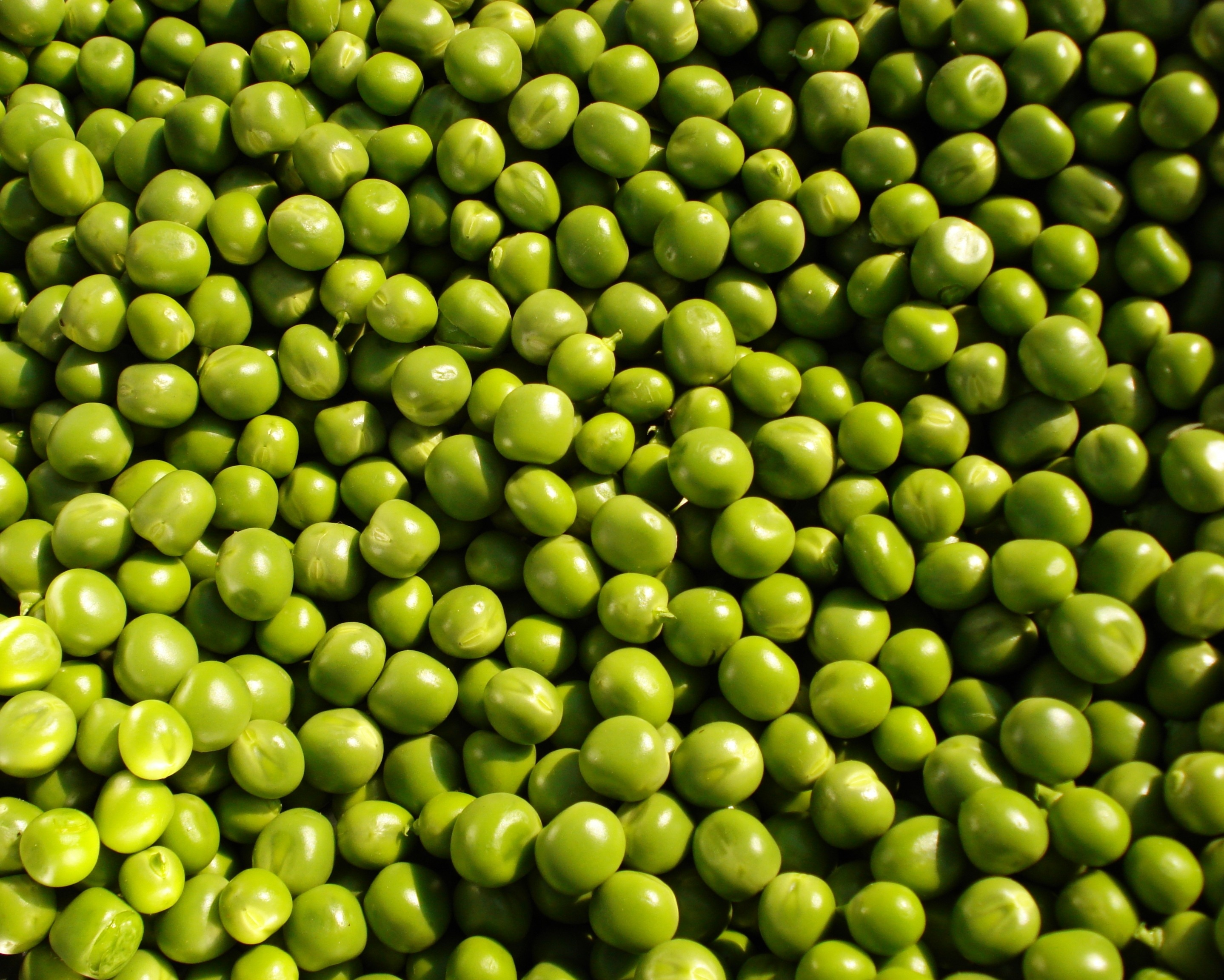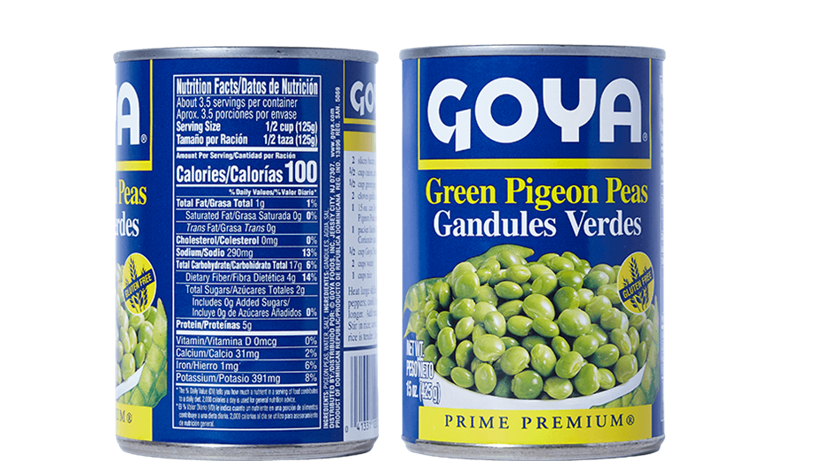




Pigeon peas develop in small to medium sized pea pods, with an average of four to five developed seeds per pod. Pods range in color from a bright green when young, maturing to display brown splotching or striations, to completely dark brown almost purple in color. The inner peas are a bright green when young and mature to be a lighter goldenrod yellow. Fresh Pigeon peas are nutty in taste and offer a crispy texture.
Peak season for fresh Pigeon peas are during the late summer and fall months.
Pigeon peas are an excellent source of protein and additionally provide thiamin, riboflavin, niacin, vitamin B-6, folate, vitamin A, calcium, iron, magnesium, phosphorous and potassium. Studies have shown that when the Pigeon pea is at its green stage, just before it becomes dry and loses its color it is at is most nutritious and easier to digest than when dried. In India the leaves of Pigeon peas are believed to be helpful in treatment of diarrhea and dysentery and can be made into a paste when mature or into a juice when leaves are young.


Pigeon peas can be utilized when young as a raw pea and when more mature or dried as a bean or dried pea. When immature and fresh they need not be cooked and the peas can be shelled and added to salads or eaten as a snack as is. When dried or more mature in the pod they should first be soaked for a few hours or up to overnight prior to cooking to make them easier to digest. Pigeon peas can be simmered, sautéed, steamed and fried. Cooked peas can be added to soups, stews, curries, sauces, salads and rice preparations.

Pigeon peas develop in small to medium sized pea pods, with an average of four to five developed seeds per pod. Pods range in color from a bright green when young, maturing to display brown splotching or striations, to completely dark brown almost purple in color. The inner peas are a bright green when young and mature to be a lighter goldenrod yellow. Fresh Pigeon peas are nutty in taste and offer a crispy texture.
Peak season for fresh Pigeon peas are during the late summer and fall months.

Pigeon peas are an excellent source of protein and additionally provide thiamin, riboflavin, niacin, vitamin B-6, folate, vitamin A, calcium, iron, magnesium, phosphorous and potassium. Studies have shown that when the Pigeon pea is at its green stage, just before it becomes dry and loses its color it is at is most nutritious and easier to digest than when dried. In India the leaves of Pigeon peas are believed to be helpful in treatment of diarrhea and dysentery and can be made into a paste when mature or into a juice when leaves are young.

Pigeon peas can be utilized when young as a raw pea and when more mature or dried as a bean or dried pea. When immature and fresh they need not be cooked and the peas can be shelled and added to salads or eaten as a snack as is. When dried or more mature in the pod they should first be soaked for a few hours or up to overnight prior to cooking to make them easier to digest. Pigeon peas can be simmered, sautéed, steamed and fried. Cooked peas can be added to soups, stews, curries, sauces, salads and rice preparations.



Keep In Touch
Tel: +52 (1) 998 225 3417
S.M. 312, Residencial Isla Azul, calle Santa Lucia, casa 6
– N. Int 6
C.P. 77560 Cancún – Quintana Roo